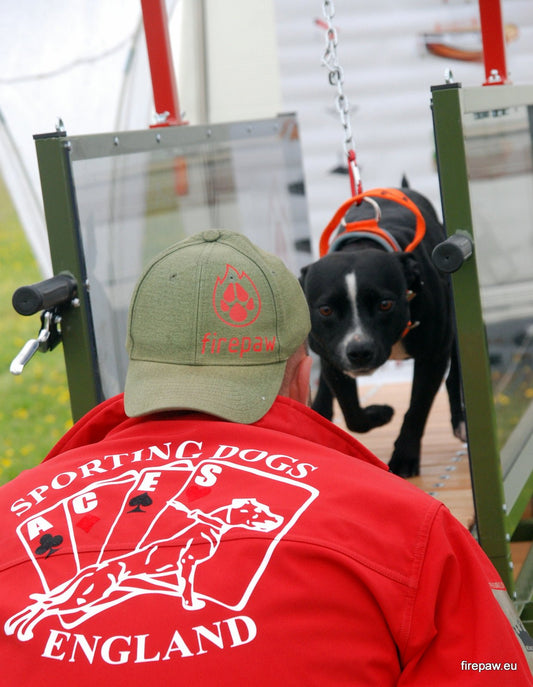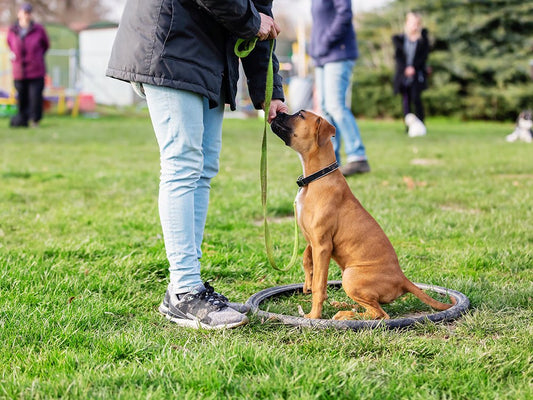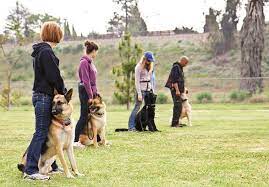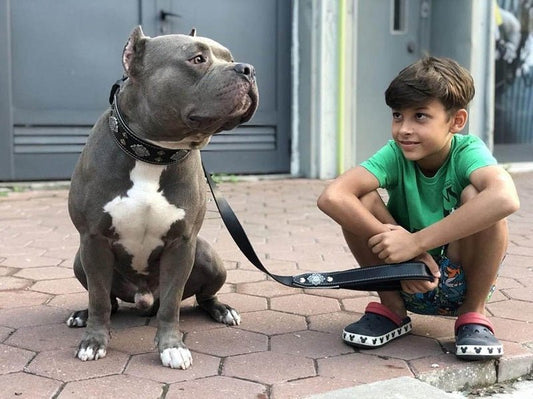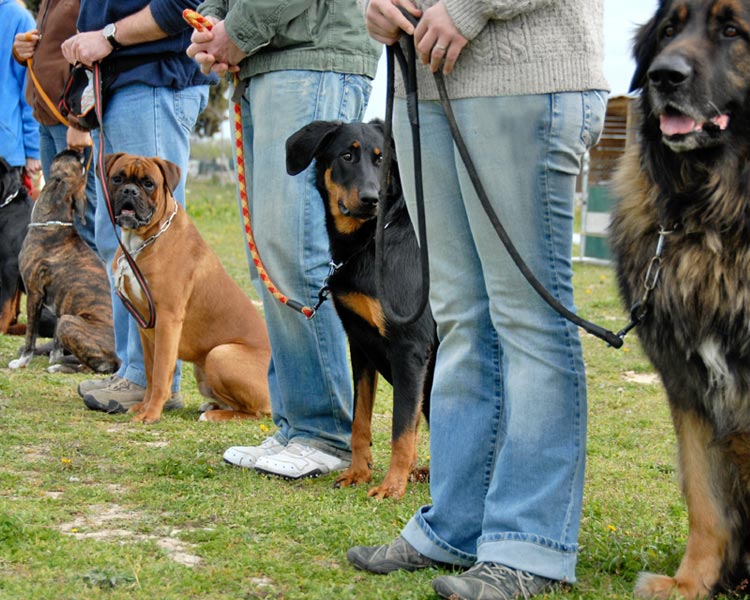
How to start with Obedience Training
Obedience Training for Big, Active Dogs
There’s so much to teach your little best friend, and while puppy training may seem like a daunting task, you must know that you have an eager pupil at the end of the leash.
Puppies are eager to learn etiquette from the moment they are brought home, so this is the ideal time to begin obedience training for big dogs.
Importance of Obedience Training
Training obedience is very important because it will form the foundation for your pup's future behaviors. Dogs tend to carry over the behaviors they acquire at this stage, just like young children would. Their minds are like sponges, soaking up everything to help them become canines. This is the reason why starting obedience training early on is so important.
Another reason for obedience training is to keep yourself and your dog safe. When you train your dog correctly, they will pay attention to you when it matters most.
Additionally, obedience training strengthens the bond between you and your dog. It establishes trust and communication that helps you effectively convey your expectations and commands.
The Best Way to Train a Puppy
One of the simplest and most satisfying aspects of being a dog owner is bonding with your new puppy through regular training sessions. Creating a consistent training schedule for your puppy will stimulate their mind and body and help them lead a healthy lifestyle by giving them a safe, caring, and happy home for them to grow up in.
Even 8-week-old puppies can pick up the fundamentals, but keep in mind that their attention span is shorter when they are younger. The best way to train your puppies is to train them when they are ready to play.
Make sure they are prepared, but not overly eager, as this could make it more difficult for them to concentrate. Take your dog outdoors to relieve them before you start, and don't forget to take them back inside as soon as you're done.
Get your puppy used to wearing a long leash before you take them on walks, as they will be wearing it for the rest of their lives. Put on a leash and allow them to tug it around the home until they become accustomed to walking on it unassisted.
Don’t forget the tasty treats that your pup likes. Lessons in basic training should be conducted in a comfortable, distraction-free setting. Eventually, you and your puppy will work outside and in other settings, but for the time being, the training should take place in a low-key area where your puppy can easily focus on you.
Final Words
You need to be careful to create a plan that includes your dog's meals, crate naps, playtime, training sessions, and end-of-day wind-down. Dogs learn best when they know what comes next. Now, there’s nothing left. Just give them incentives (those treats again) to learn new commands, and you’ll have your pup trained in no time.
